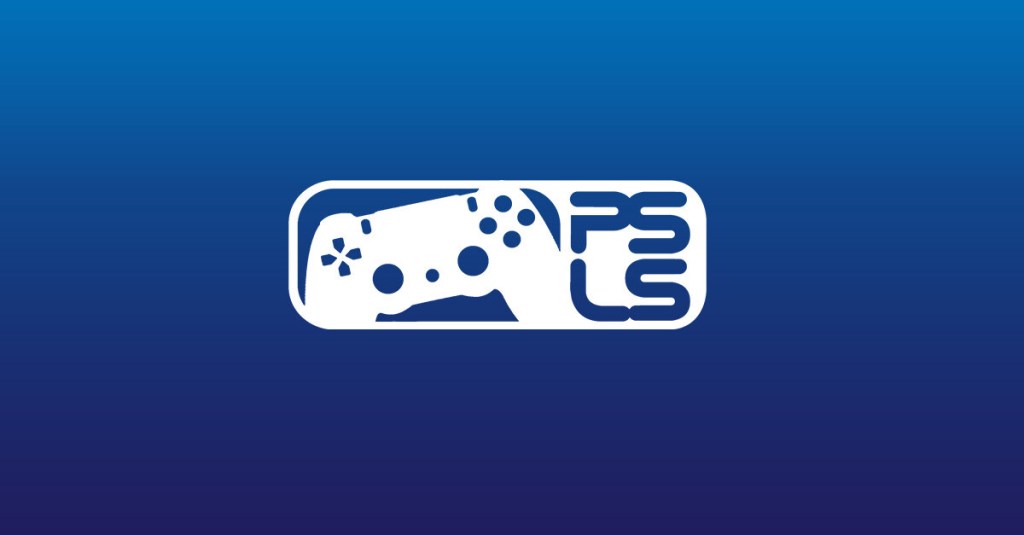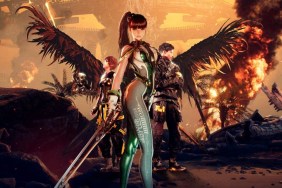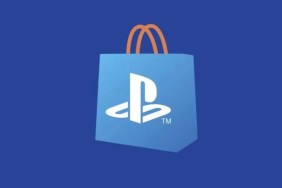
In an exclusive interview, PlayStation LifeStyle goes one-on-one with thatgamecompany’s John Edwards, lead programmer for the hit titles Flower and flOw.
PSLS: The release of Flower brought a wave of fresh air into the PSN store. It was praised by critics and fans alike; for its simplicity and beauty. But fans still want more, so, is there any new content being planned for Flower?
John: Flower was designed to be a complete experience that you play through in one sitting. Still, we’ve gotten plenty of emails and posts on our forums from people with good ideas about how to expand it. Right now, we haven’t made any plans either way.
PSLS: What do you think is the reason people tried and fell in love this very unique game?
John: If Flower really clicked with anyone, maybe that’s because it isn’t quite as unique as it might at first seem. I think the work we do at thatgamecompany is very much a natural extensions of traditional games. Every single member of the team was a hardcore gamer at some point in their lives, and most of us still play tons of mainstream games. We certainly all appreciate what’s great about Uncharted or MGS4, but it’s getting harder to find the time to master the complicated controls or grind through the 20 hours of gameplay, or even pull together the motivation to save yet another world that seems to have less and less to do with our own.
We’ve grown up, but so has the entire NES generation. So we made Flower for ourselves, and all the other people like us, who appreciate the kind of immersion and kinesthetic connection that only games can deliver, but also value intuitive controls, manageable play time, and themes that are relevant to their lives.
PSLS: While Flower may seem like a very simplistic game, I am sure the technical side of the game is very complex. Was Flower a hard game to develop for, with all the free-moving, individual blades of grass and flower petals?
On Flower, we took a very methodical approach to both technology and production. Inspired by a Media Molecule talk at the 2007 Game Developer’s Conference, we dove into the scariest parts of the technology head first. The SPUs, for instance, which had been a constant source of despair on flOw, we started using from day one on Flower. We even developed a way to reload SPU code while the game was running, making it much faster to iterate on than code for the main processor. The result was that for many systems, people preferred writing directly for the SPUs, since they had become the most convenient processors for which to program.
By attacking the hard problems early and planning ahead, we were able to maintain a “zero-crunch” production, meaning we never once had to work longer than 40 hours a week, if we didn’t want to. In fact, the closer we got to shipping, the less extra time people put in at the office, to the point where the last 3 months were very strict 40 hour weeks, as a way of compensating for all the other pressures of shipping a game.
PSLS: Flower is a very emotional game, has some incredible music, and has a brilliant use of the SIXAXIS feature, did all of this come from the concept or did it grow while developing it? Did Flower stay close to the original concept?
While we established the high level target from day one, getting there was a very organic process. At different points in its design Flower involved golfing, spell casting and collecting glowing orbs we called “Loves.” The story centered around a socially inept photographer and a teenage rapper before settling into its current subdued form. We spent almost the entire first year of development just finding that flower feeling, to the point where Sony, and most of our team for that matter, were worried that there wouldn’t be any time left over to make an actual game. And, in fact, it was only about 6 months from shipping that we really had all the concepts nailed down and were able to enter full production.
Looking back, it seems strange that it took us so long, not only because Flower is such a simple game, but also because we’d come up with about 95% of the ideas that constitute Flower within the first three months. The problem was never lack of ideas, but the opposite. We always had too many, some of them good in their own right, but Flower was so much about conjuring a specific feeling clearly and intensely that we couldn’t just throw any old features together, no matter how good they were individually. All the features, from the sound, to music, to graphics, to gameplay had to harmonize.
So Flower was a combination of very firm high concept and an adventure game-like process of combining everything with everything until we found the set of features that worked together.
PSLS: What are thatgamecompany’s plans for the future? Will you ever try to create a retail game?
Even if retail were an option, I’m still a big fan of downloadable distribution. Digital distribution allows publishers to sell directly to consumers, which works out great for developers’ wallets and makes the kind of experimental games we want to create feasible from a business perspective. Also, I just think downloading games is way more convenient. These days, I exclusively buy games off of Steam (since PS3 games are free at the office :D). The hope, then, is that as we grow, downloadable distribution grows with us, and by the time we’re capable of putting out a traditional “long-form” game, download will be the primary means of getting games (legally, that is) and we can skip retail altogether.








